Vinnova, the Swedish innovation agency, had the task of conducting an in-depth analysis of Sweden’s life science industry. This case study explores the methods and solutions implemented to accomplish this, providing insights for policymakers, industry leaders, and regions. Keep reading to discover the potential of data-driven decision-making in the public sector, with a particular focus on the life sciences domain.
The Challenge
Vinnova, the Swedish innovation agency, was commissioned by the government to compile statistics on Sweden’s life science industry. The main goal was to map out the industry and in turn, gain insights on the industry’s dynamics and contributions to the Swedish economy. This initiative aimed to establish a consistent monitoring system for the life science sector to support innovation and policymaking.
However, previously applied methods for producing life science statistics were resource intensive leading to irregular updates of the statistics. Vinnova needed a method to continuously gather accurate data reflecting the industry’s activities, progress, and impact on Sweden’s economy. Additionally, we needed to create a framework to efficiently turn this data into actionable insights, driving strategic initiatives, fostering innovation, and attracting investments in life sciences.
”Our aim was to make an optimised process that is not dependent on a single person or competence...However, it is complex to develop an automatic model when only working with open data.
Program Manager at Vinnova
The Approach
Our approach prioritised collaborative involvement with Vinnova, ensuring that they became active owners of the developing methodology. This deliberate partnership aimed to streamline the handover process, preventing the common pitfall of organisational reliance on external consultants.
Simultaneously, a diverse range of industry experts was engaged, ensuring that the statistical efforts directly addressed industry needs. This collective input not only ensured that the statistics were relevant to the industry actors, but also contributed to the development by providing insights that helped the methodology development. Additionally, dialogues with the regions have provided important insights to the needs linked to long-term priorities and efforts for regional development.
The Solution
In collaboration with Vinnova, we improved the system by developing a methodology for identifying and classifying life science companies. Our team developed code to consolidate diverse data sources, creating a detailed list of life science companies and subsegments. Additionally, we tapped into the Statistics Sweden database, enabling us to develop statistics based on a list of companies and obtain information on what the industry looks like in practice.
One notable statistic uncovered is that the life science industry in Sweden experienced a decline in employment until 2014, but it has been on the rise since then, with around 5,000 companies employing 50,000 people. Moreover, company turnover has grown significantly from 200 billion to 365 billion Swedish kronor.
Despite a relatively small workforce of 50,000 in a country of 10 million people, the life science industry contributes almost 11% of Swedish exports, underscoring its economic significance. This insight highlights the industry’s prominence, positioning it among Sweden’s top industries. Having the knowledge of these statistics benefits both industry stakeholders and government decision-makers.
”The work that we do together with ADC is very valuable for us to be able to develop a data-driven working method and gain insights that lead to increased understanding.
Program Manager at Vinnova
Key Insights and Impact
Our collaboration unveiled new facets of Sweden’s life science industry, enriching policy makers and industry leaders with crucial data points. There are many different approaches to analyse the Swedish life science industry across various regions, resulting in a fragmented understanding of the sector. It is essential to strive for a more unified understanding of the life science landscape.
Moreover, the project enhances Vinnova’s ability to support innovation and sector-specific growth. The annual reports generated by this initiative can be used as a resource for policymakers, regional development, and strategies within life science and industry stakeholders, facilitating better-informed decision-making.
Beyond this, Vinnova has progressed in its data-driven journey, encouraging them to invest in future data-centric initiatives. This forward-looking approach ensures Vinnova remains agile and adaptable in a landscape that is increasingly influenced by data and technology. Furthermore, this helps Vinnova and actors in the ecosystem to continue driving growth, innovation, and sustainability within Sweden’s life science sector.
”We are all going to have to become more data-driven...We need to better understand where the money we invest makes the best impact.
Program Manager at Vinnova
Learnings
The collaborative approach between Vinnova and ADC provides a model for how governmental agencies can leverage external expertise to navigate complex data landscapes and uncover actionable insights.
Moreover, the project highlights the role of the life science sector in Sweden’s economic landscape. It underscores the need to invest in innovation, research, and development to strengthen the country’s competitive edge globally. Furthermore, the project reveals the importance of understanding the evolving competencies required in the life science sector, especially in areas like tech and digital transformation within healthcare.
Let’s shape the future
Are you interested in discovering how ADC can assist your organisation? Our team has extensive experience in developing solutions that help streamline data management processes and create robust strategies. To learn more, please contact Jesper Johanesson.

What stage is your organisation in on its data-driven journey?
Discover your data maturity stage. Take our Data Maturity Assessment to find out and gain valuable insights into your organisation’s data practices.




